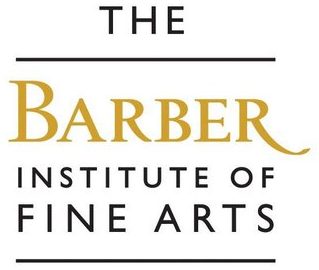Joseph Mallord William Turner (1775 – 1851)
Isis London, 1819 Etching, with mezzotint by W. Say 20.9 x 30 cm This image is highly reminiscent of Claude Lorrain and belongs to the elusive ‘E.P’ category. It was published in the forteenth and final installment of the Liber Studiorum series. The ruins in the foreground create a strong sense of an idealised ancient … Read more
